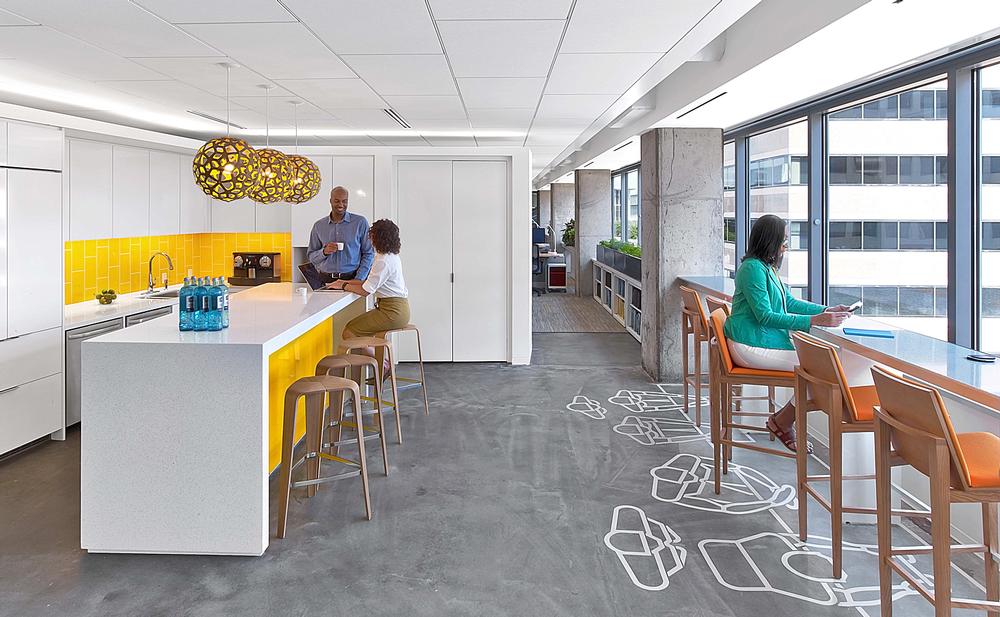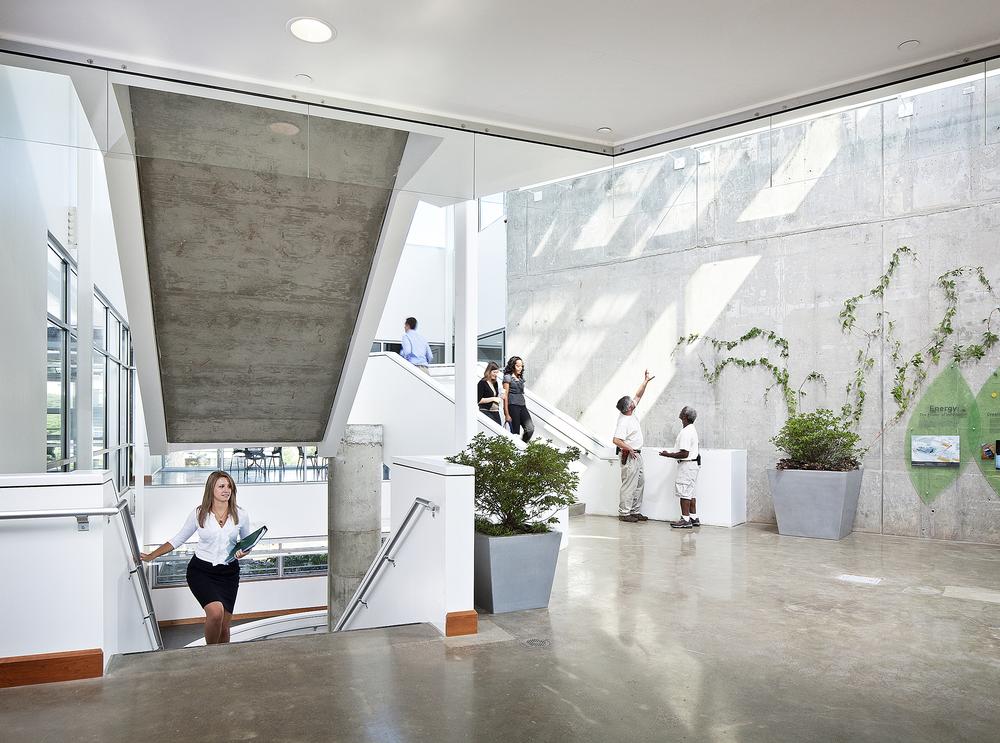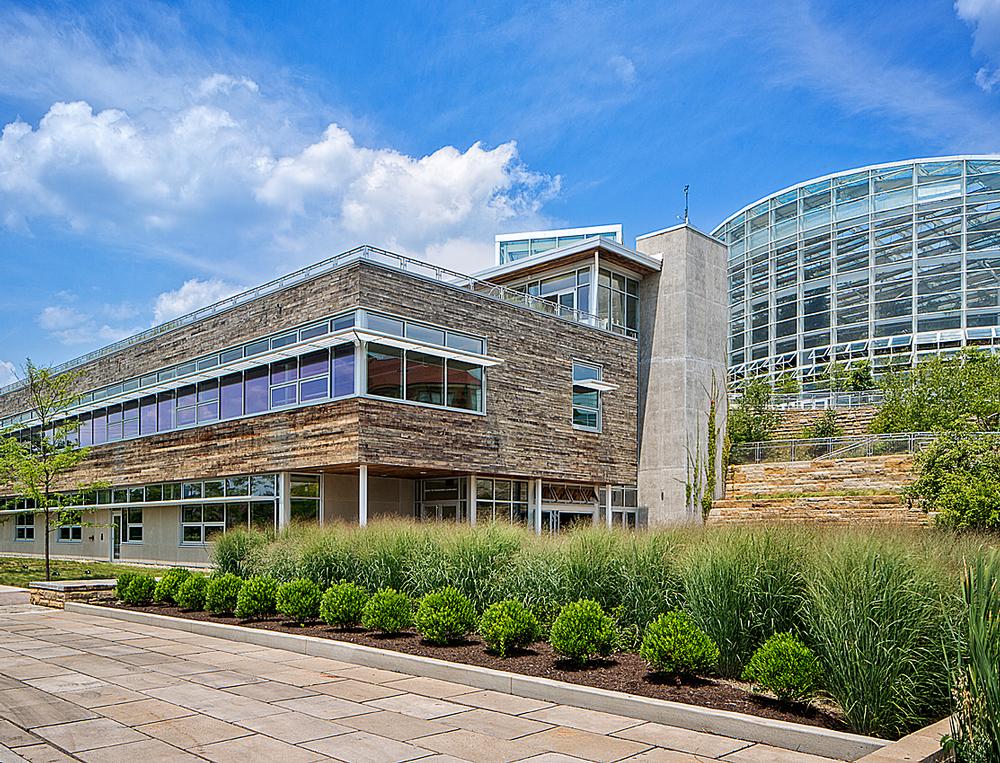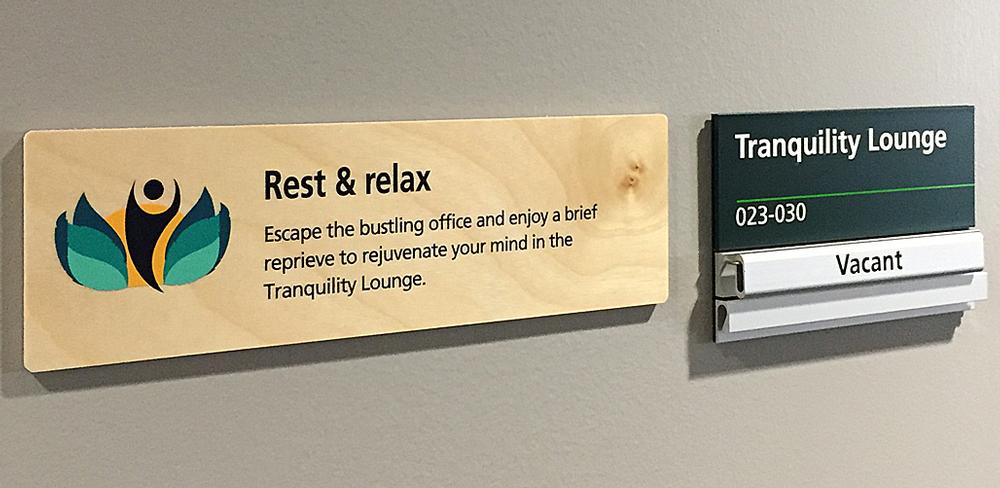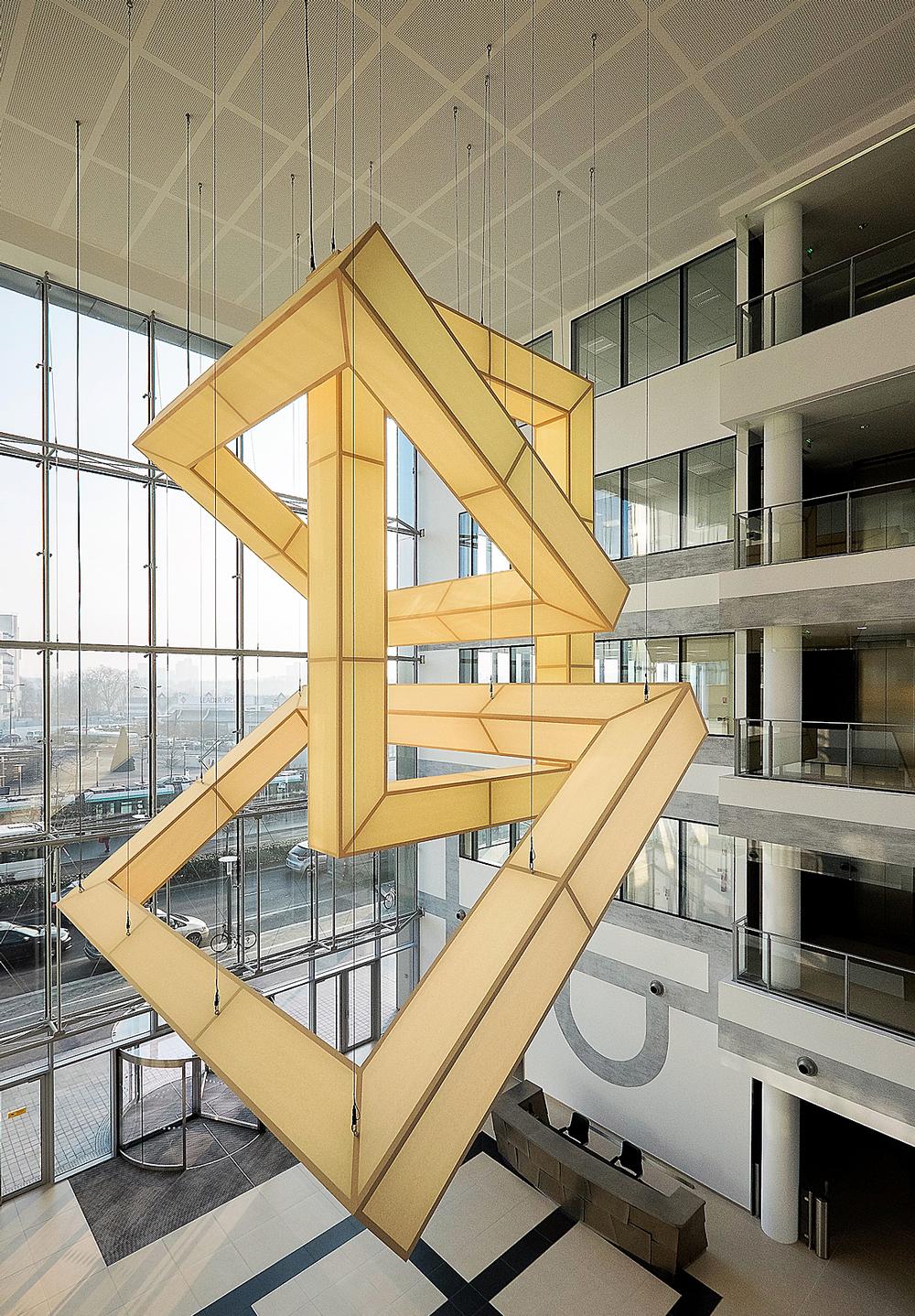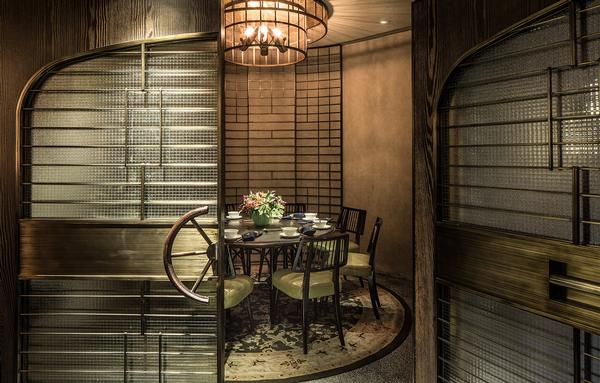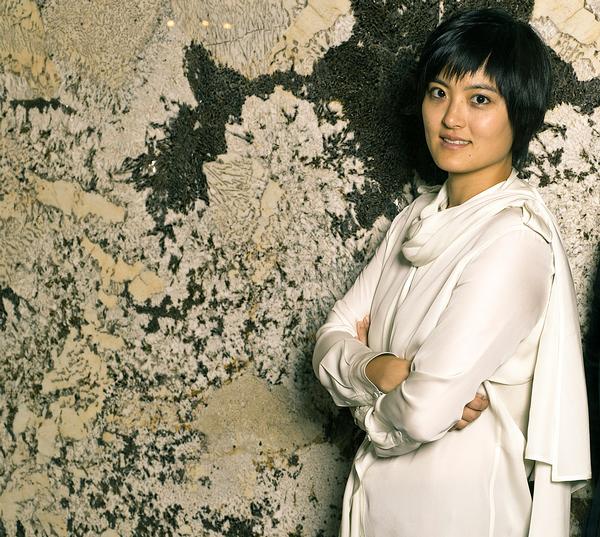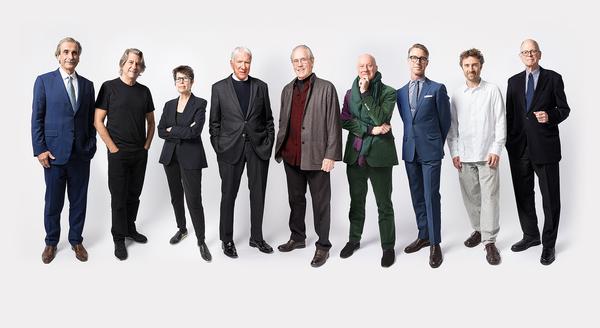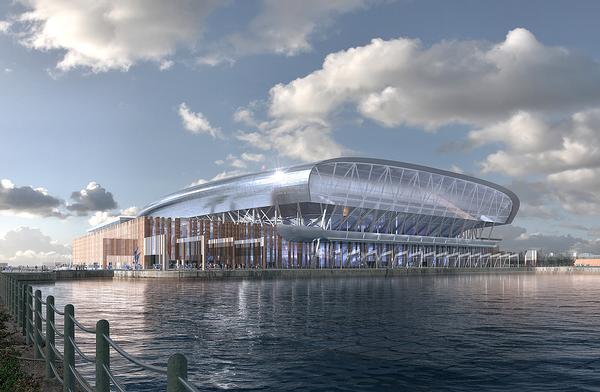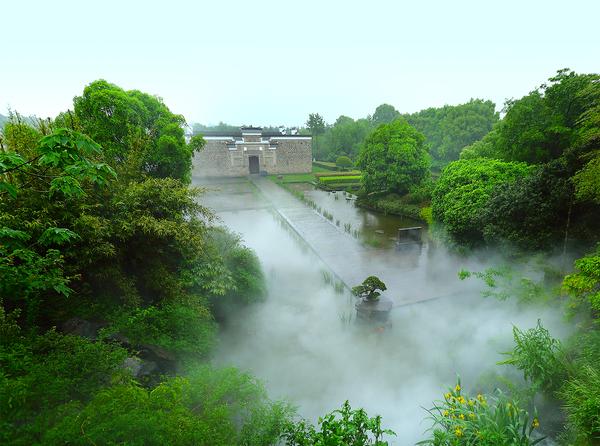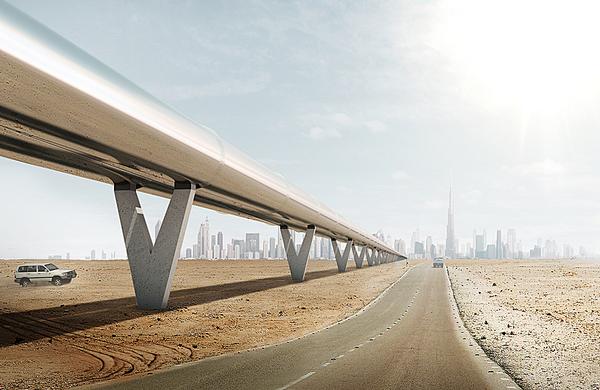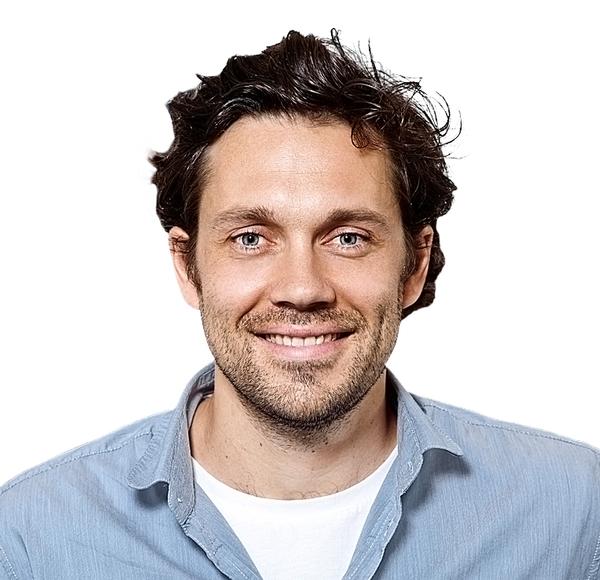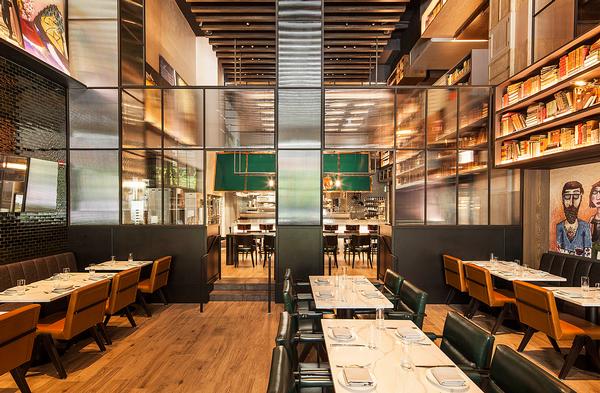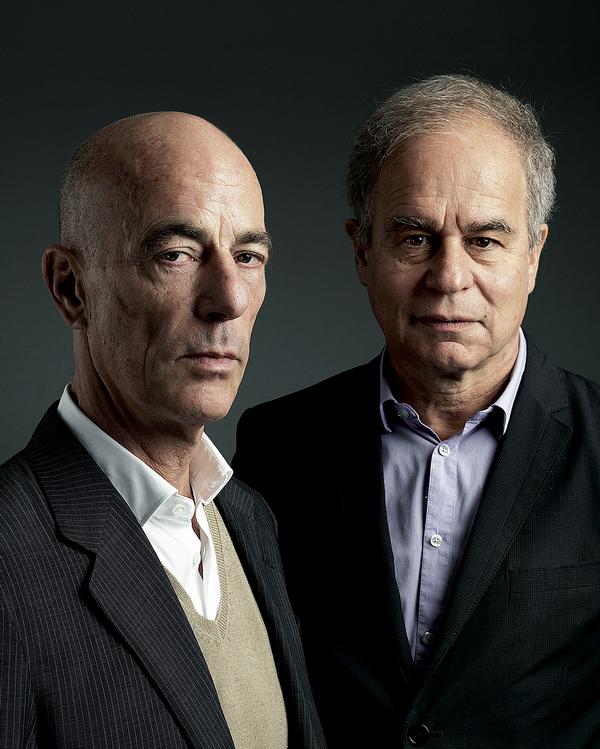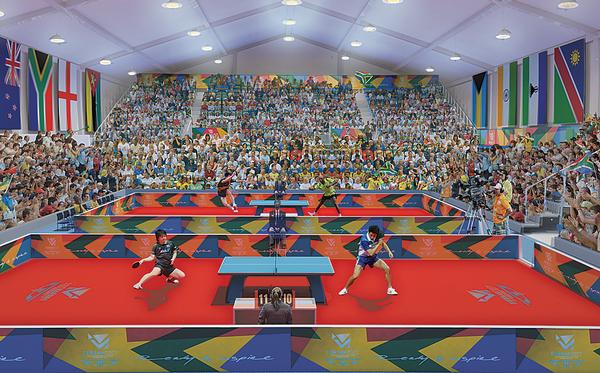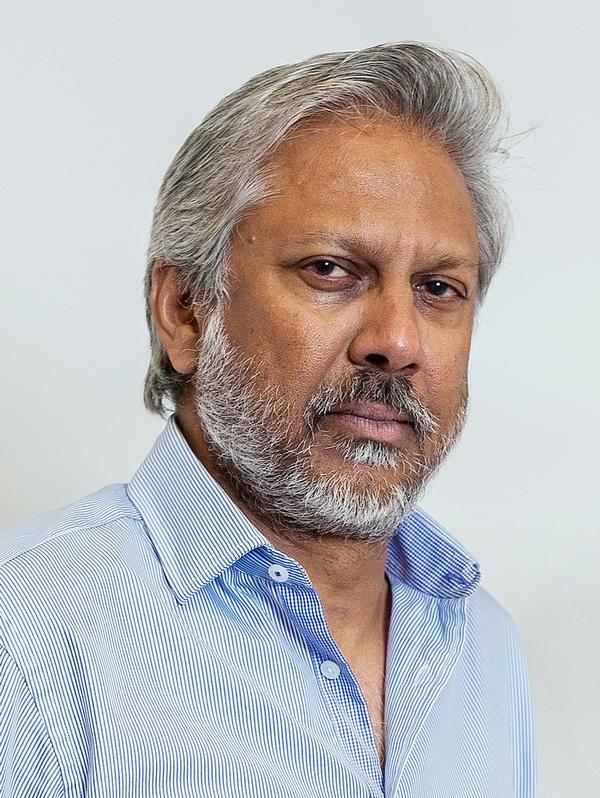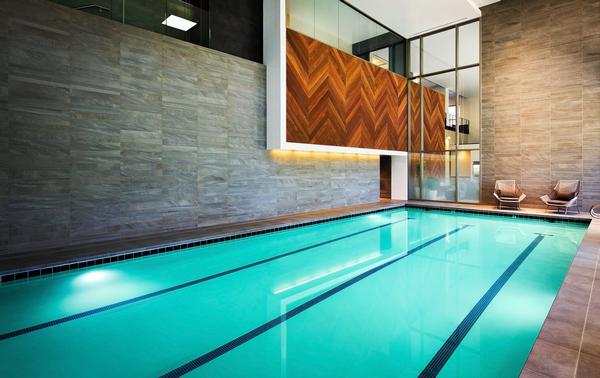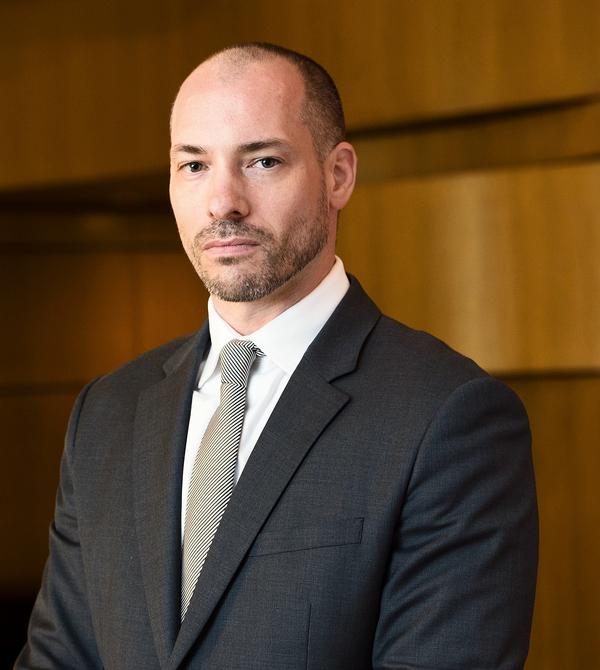Building Standards
Human sustainability
Buildings can not only affect our health, but also our health-related behaviours, says Rick Fedrizzi of the International WELL Building Institute
I often refer to this as “the second wave of sustainability”. Just as the environmental movement is addressing the health of the planet, there seems an obvious next step to address the health of people.
Building on the vast global infrastructure of green buildings and communities, the time has come to sharpen the focus of that work as it relates to the people who use them for habitat, commerce, knowledge and fun.
The statistics can be staggering. For example, spending on public and private healthcare in the UK totals more than 8 per cent of GDP. There are numerous diseases that account for this spend, with heart disease and strokes being the top two causes. High levels of air pollution further contribute to concerns. Nearly 40 million people (62 per cent) in the UK are living in areas where air pollution risks damaging their health.
Meanwhile, in the US, healthcare expenditure is equivalent to 17 per cent of GDP, with strokes, heart disease, diabetes and cancer being some of the most common causes of death. Although air quality in the US has been continuously improving, the American Lung Association’s annual State of the Air report found that around 125 million Americans – around 40 per cent of the population – “live in counties with unhealthful levels of either ozone or particle pollution”.
Healthy decisions
What is promising is that 70 per cent of these health outcomes are affected by the places where we live, work, play and learn. The features incorporated into leisure, home and office design can directly impact how active we are and even what we eat. Evidence has shown our buildings and communities not only have a significant impact on our health, but they can also have an impact on our health-related behaviours.
The WELL Building Standard (WELL) was launched in an effort to shift the approach from healthcare to health by delivering preventative health intentions into the spaces where we spend 90 per cent of our time. At its core, WELL doesn’t require behavioural change – at least not at first. For example, we have found that by changing employees’ circumstances, healthy decisions become easier and more appealing, while unhealthy decisions are simply less convenient to make. WELL certified spaces are designed to support preventive medical intentions broadly and unobtrusively so, just by coming to work, employees are in environments designed to help support their cardiovascular health, respiratory health, immune health and cognitive health.
Human-centred design
The WELL Building Standard serves as a guidebook for how to implement thoughtful design choices like strategic placement of drinking water stations, selection of non-toxic materials and lighting that aligns with the body’s circadian rhythms.
Now one of the premier standards for buildings, interior spaces and communities seeking to implement, validate and measure features that support and advance human health and wellness, WELL is advancing the industry in human-centred design.
When we first began the conversation around healthy building, we knew that a huge piece of the puzzle would revolve around awareness, research and education. The unique aspect about the healthy building movement is the diverse driving force behind it. From designers and architects to real-estate professionals and medical experts, we’re seeing an immense variety in the expert population that have become ambassadors for public health through healthy building. Everyone has a role to play in advancing our understanding of the impact of better decisions about our buildings.
The extraordinary adoption of healthy building is a strong indication of the value to both tenants and owners. For companies, investing in people and helping to improve their physical and mental health can be an economic approach as well. Around 90 per cent of corporate expenses are tied to salary and benefits, which means the return on investment from healthier and happier employees can lead to cost-savings. So when employers optimise their workplace environments to encourage healthier behaviours, they are indirectly optimising employee productivity and performance.
In the corporate sector, addressing occupant health can help to reduce the largest line item in the 30-year costs of a building – the personnel – and therefore offers a meaningful return on investment. The benefits that come with healthier, more productive employees far outweigh the one-time costs. Fortune 500 companies invest significant dollars into wellbeing programmes every year. Hard costs for WELL Certification, which delivers immediate and measurable benefits for every employee by improving the baseline from where they start on their personal wellness journeys, have been as low as $0.99 per employee per day.
Investment potential
As financial groups move to include health and wellness in their portfolio evaluation criteria, healthy building features increase the value of the building based on greater input potential. Increased awareness of the impacts of buildings on our health motivates people to demand healthier features in their homes, offices and places they spend their leisure time. The return on investment from healthy building drives its adoption.
We’re excited about the opportunity to support the global real-estate industry in its embrace of healthier people through better buildings. While the economics are obvious, we can’t lose sight of the fact that the outcomes are measured in terms of improving the health and wellness of our families, friends, neighbours and colleagues. The return on these impacts is priceless.
About the International WELL Building Institute
The International WELL Building Institute (IWBI) is leading the global movement to transform buildings and communities in ways that help people thrive. IWBI delivers the cutting-edge WELL Building Standard, the first to be focused exclusively on the ways that buildings, and everything in them, can improve our comfort, drive better choices, and generally enhance, not compromise, our health and wellness. Its work extends to advancing health through design for entire neighborhoods through the WELL Community Standard Pilot, and convening and mobilizing the wellness community through management of the WELL AP credential.
About the author

Rick Fedrizzi is CEO and chair of the International WELL Building Institute, tasked with overseeing the global expansion of the WELL Building Standard. He has been working with LEED, BREEAM, Green Star and the Living Building Challenge to remove the need for duplication in the ratings processes. Fedrizzi is former CEO of the US Green Building Council.



